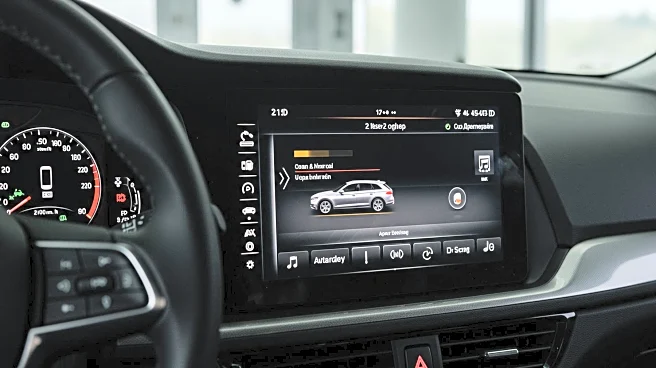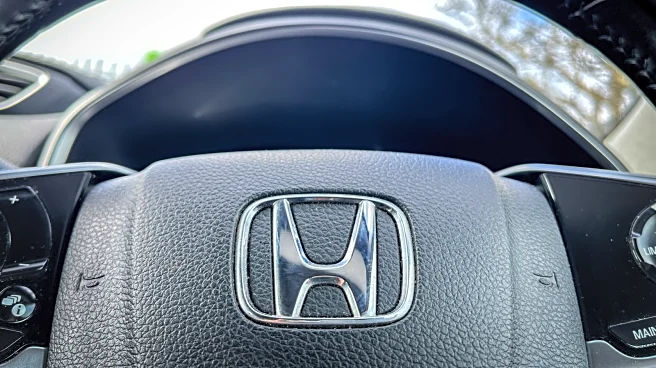What's Happening?
A recent AAA study tested advanced driver assistance systems (ADAS) in Los Angeles traffic, revealing that human intervention was required every 9 minutes on average. The study compared systems that allow hands-free driving with those requiring hands-on control. Notable events, such as cars cutting into lanes, prompted frequent driver involvement. The findings highlight the limitations of current ADAS technology, which is designed to assist rather than replace human drivers. The study underscores the need for continued development and refinement of these systems.
Why It's Important?
The study's results are significant for the automotive industry, as they highlight the challenges in achieving fully autonomous driving. While ADAS can enhance safety and convenience, the need for frequent human intervention suggests that these systems are not yet reliable enough for complete autonomy. This has implications for manufacturers, regulators, and consumers, as the industry seeks to balance innovation with safety. The findings may influence future research and development priorities, as well as regulatory standards for driver assist technologies.
What's Next?
As the automotive industry continues to advance ADAS technology, manufacturers may focus on improving system reliability and reducing the need for human intervention. This could involve enhancing sensor accuracy, refining algorithms, and increasing system integration. Regulators may also consider updating safety standards and guidelines to address the limitations identified in the study. Consumer education on the capabilities and limitations of ADAS will be crucial in ensuring safe usage and managing expectations.













